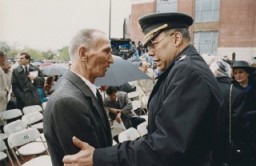You searched for: 澳门在线赌场,线上赌场网址,在线博彩网址,【www.22kk44.com,复制打开网址】,全球最大的博彩平台,支持人民币的博彩公司,大陆博彩平台,马来西亚合法网上赌场,亚洲博彩平台,22kk44.com网址KAKBgEddKffxKcEBcd
<< Previous | Displaying results 1-25 of 242 for "澳门在线赌场,线上赌场网址,在线博彩网址,【www.22kk44.com,复制打开网址】,全球最大的博彩平台,支持人民币的博彩公司,大陆博彩平台,马来西亚合法网上赌场,亚洲博彩平台,22kk44.com网址KAKBgEddKffxKcEBcd" | Next >>
-
1945: Key Dates
ArticleExplore a timeline of key events during 1945 in the history of Nazi Germany, World War II, the Holocaust, and liberation and the aftermath of the Holocaust.
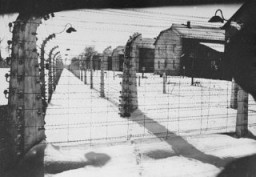
-
Odessa
ArticleIn 1941, Romania occupied Odessa, Ukraine. Learn more about the subsequent reprisal, ghettoization, and deportation during World War II.
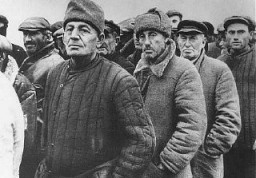
-
1942: Key Dates
ArticleExplore a timeline of key events during 1942 in the history of Nazi Germany, World War II, and the Holocaust.
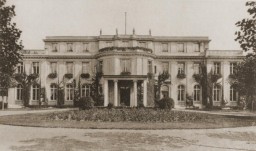
-
Waiting to register
PhotoAfter the occupation of Odessa, Ukrainian Jews wait to register. Odessa, Soviet Union, October 22, 1941.

-
Crematoria and remains in the Majdanek camp
PhotoCharred remains of corpses near crematoria in the Majdanek camp, after liberation. Poland, after July 22, 1944.
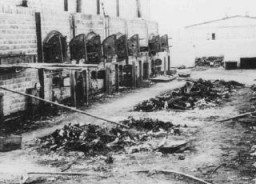
-
Majdanek camp after liberation
PhotoView of watchtower and fence at the Majdanek camp, after liberation. Poland, after July 22, 1944.
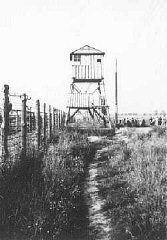
-
Armenian refugee children
PhotoA group of 1,500 Armenian children at a refugee camp of the Near East Relief organization in Alexandroupolis. Greece, 1921–22.
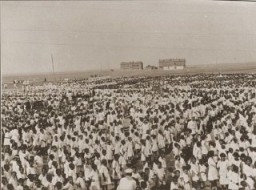
-
Christoph Probst
PhotoChristoph Probst, a member of the White Rose student opposition group. Probst, arrested and condemned to death by the People's Court, was executed on February 22, 1943.
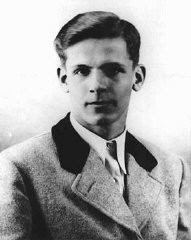
-
Containers of Zyklon B
PhotoContainers of Zyklon B poison gas pellets found at the Majdanek camp after liberation. Poland, after July 22, 1944.
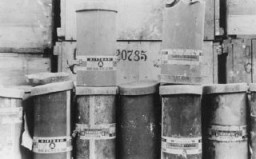
-
The War Refugee Board
ArticleThe War Refugee Board was formed in 1944 by executive order under President Roosevelt. It was tasked with the rescue and relief of victims of Nazi oppression.
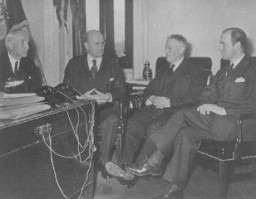
-
Resistance inside Germany
ArticleSome individuals and groups in Germany attempted to resist Nazism, despite the risk of being caught and facing punishment. Learn more about their efforts.
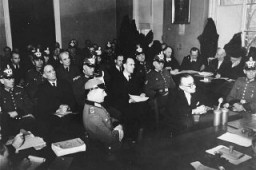
-
Theresienstadt: Concentration/Transit Camp for German and Austrian Jews
ArticleLearn about the role of Theresienstadt in the deportation of German and Austrian Jews to killing sites and killing centers in the east.
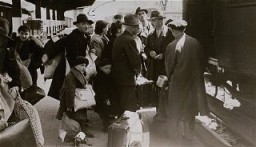
-
Ghettos in Occupied Poland
ArticleDuring World War II, the Nazis established ghettos, which were areas of a city where Jews were forced to live. Learn more about ghettos in occupied Poland.
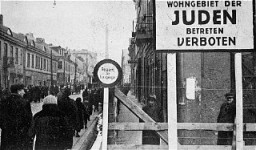
-
Deportations
ArticleAs part of the “Final Solution,” Nazi Germany organized systematic deportations of Jews from across Europe to ghettos and killing centers. Read more.
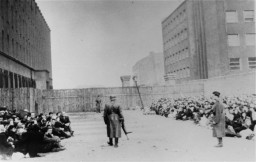
-
Liberation: An Overview
ArticleLearn more about the end of Nazi tyranny in Europe and the liberation of camps and other sites of Nazi crimes. This article includes dates of liberation of some of the camps.
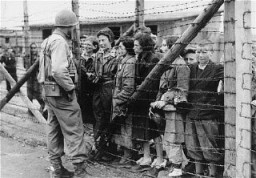
-
New Directive on Immigrant Visas to the US
Timeline EventDecember 22, 1945. On this date, Harry S. Truman issued a directive giving US immigration preference to displaced persons.
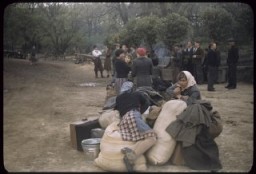
-
The prosecution introduces documents at the International Military Tribunal
PhotoThe defendants listen as the prosecution begins introducing documents at the International Military Tribunal trial of war criminals at Nuremberg. November 22, 1945.

-
Dedication of the United States Holocaust Memorial Museum
PhotoA large crowd fills Eisenhower Plaza during the dedication ceremony of the United States Holocaust Memorial Museum. Flags of the liberating divisions form the backdrop to the opening ceremony. Washington, DC, April 22, 1993.

-
Crossing the Rhine
PhotoGIs keep low inside a landing craft during an assault across the Rhine at Oberwesel, Germany. March 22, 1945. US Army Signal Corps photograph.
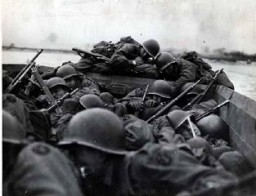
-
Column of refugees in the Soviet Union
PhotoA column of refugees in the Soviet Union, following the German invasion of Soviet territory on June 22, 1941. Soviet Union, between 1941 and 1944.
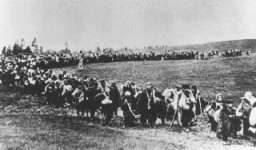
-
Refugees in the Soviet Union
PhotoSoviet refugees sit around a fire in a makeshift camp, following the German invasion of Soviet territory on June 22, 1941. Soviet Union, between 1941 and 1944.
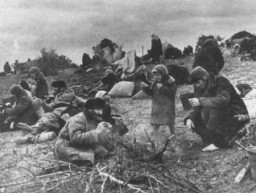
-
Round up in the Jewish quarter of Amsterdam
PhotoGerman police round up Jews in the Jewish quarter of Amsterdam, blockaded following anti-Nazi violence. Amsterdam, the Netherlands, February 22, 1941.

-
German Jews hoping to emigrate to Palestine
PhotoGerman Jews trying to emigrate to Palestine form long lines in front of the Palestine and Orient Travel Agency. Berlin, Germany, January 22, 1939.
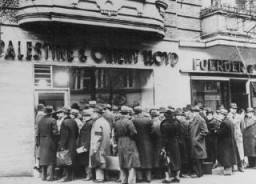
-
View of the furnaces remaining in the Majdanek camp by the time of liberation
PhotoView of the furnaces remaining in the Majdanek camp by the time of liberation. The Germans had attempted to destroy the building as Soviet forces advanced in 1944. Majdanek, Poland, after July 22, 1944.
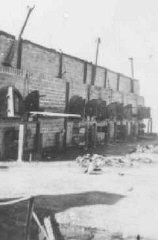
-
Jan Karski and General Colin Powell
PhotoJan Karski and General Colin Powell meet during the opening ceremonies of the US Holocaust Memorial Museum. Washington, DC, April 22, 1993.
